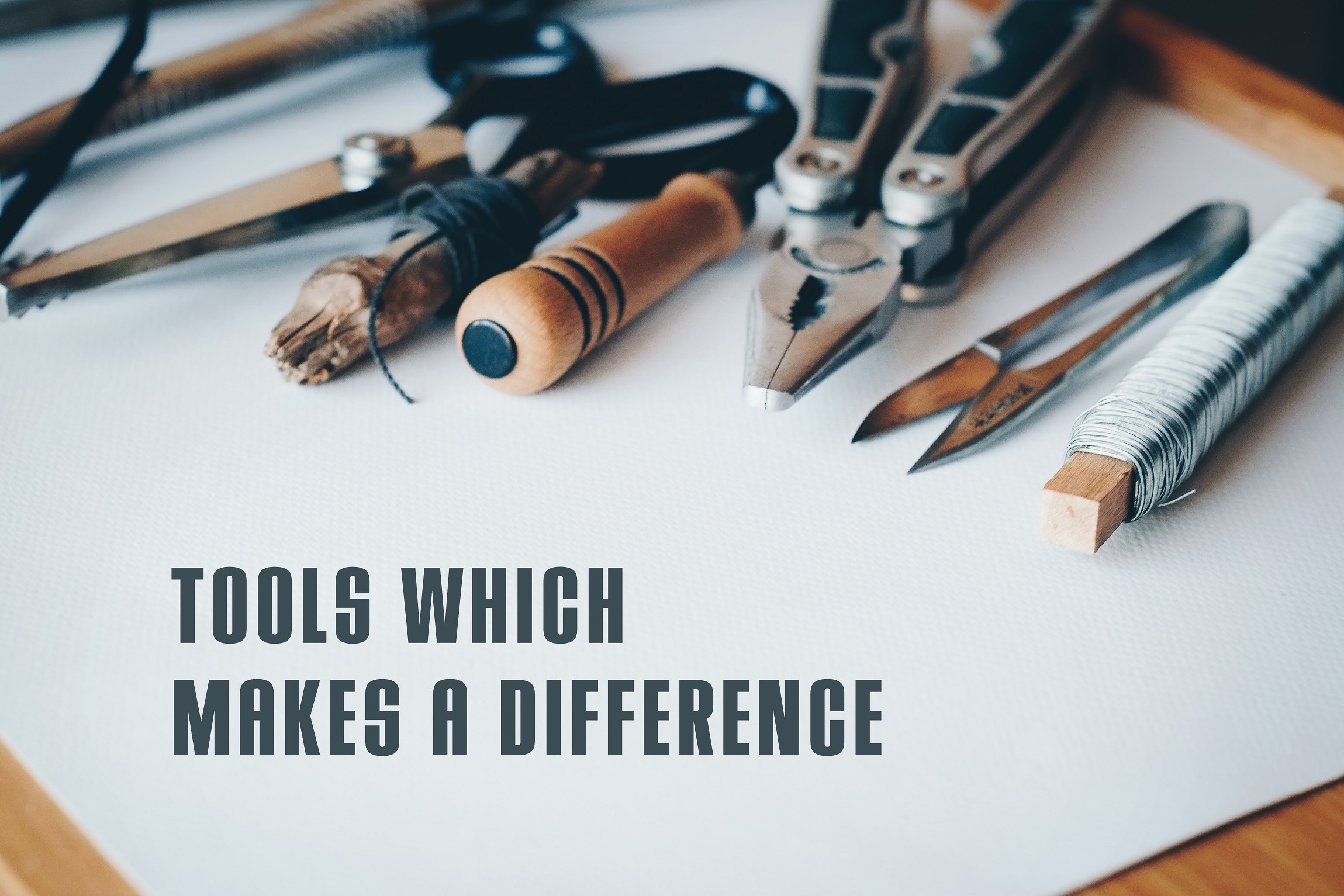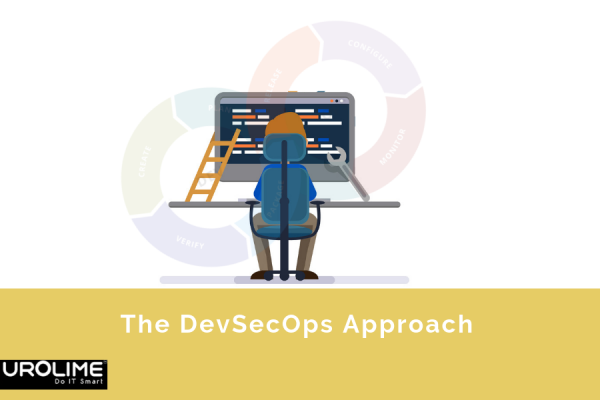Deciding apt technological assistance while considering containers to manage an application can be a difficult task. There are a lot of alternatives and prospects available in the industry which may require a thorough look before deciding to land on. It can be tough to comprehend where to begin to arrive at a decision. One of the most common questions most of them will have is to decide whether they should adopt Docker or Kubernetes for handling their application containers. In reality, this is a misleading statement or question. Docker and Kubernetes aren’t competing for technologies. It is not required for them to face off. Both technologies can work together to make application management more seamless and flexible.
Docker and its applications
Docker technology was introduced in 2013 to run applications inside the virtual container on a system. These containers may contain everything required for the smooth run the data already stored in them. With Docker’s use of images, the containers can be easily ported to other computers. The image of a Docker with run seamlessly on any installed system without the need for any other configurations. Docker is helpful during the development, testing, and deployment phases of a software development life cycle. Docker container works the same in every environment, and this makes it easier to deploy it in broader environments. For complicated applications, Docker container in combination can be used to build much more complicated and mature systems. With Docker, it is easy to experiment with different software libraries. Each container is built from an unchanging image and reverting the container back to the saved image is much easier. This helps in correcting any sort of mistakes even if you mess up real bad. The growing popularity of Docker depends on the wide variety of the strengths it offers.
Although Docker simplifies development, testing, and deployment of new applications, when you’re considering environments where latency and speed are of utmost importance, it wiser to avoid Docker. Running a GUI on Docker can be convoluted and it may give you tough times. Understanding the downsides of Docker and how they can relate to your use case is the key to maximizing the return on your work to set up Docker. When you’re considering environments where latency and speed are of utmost importance, it is wiser to avoid Docker. Running a GUI on Docker can be convoluted and it may give you tough times. Understanding the downsides of Docker and how they can relate to your use case is the key to maximizing the return on your work to set up Docker. If you are running more than one instance of a distinct section of your application, Docker can result in being much confusing and complicated.
Kubernetes Upsides and Downsides
Kubernetes makes sure your production containers are performing well when they are in production. Unlike Docker, it is not a tool for managing containers nor for testing processes. Incipiently developed by Google, released in 2015, It’s now managed by an open-source software foundation called Cloud Native Computing Foundation. Docker can only control one or a few parts of an individual application while Kubernetes controls dozens of containers collectively.
Kubernetes has the ability to detect when an existing container converted to an unresponsive state, and it will start a new container to replace it. Kubernetes can help to scale applications horizontally. When the system is under heavy load conditions, it starts up new containers that handle CPU-intensive parts of your application. Hence it simplifies deployment and reduces downtime. Kubernetes has the ability to keep the current version of your application working when deploying a newer version. This assures the new version is correctly ignited and receiving connections before it turns off the older version of the application.
Kubernetes is a tool of unlimited opportunities. It is powerful and it can do a lot of things which make its learning curve steeper. Complexity is a major disadvantage for Kubernetes and its not the only one. Securing a Kubernetes installation, setting up shared networking and storage resources, etc with Kubernetes can be difficult and challenging. Kubernetes works the same for every cloud system you’re deploying it in. Kubernetes can easily manage both containers running physically located inside your structure, and the ones running on cloud providers parallelly.
Kubernetes and Docker Hand in Hand
Kubernetes and Docker can work together to structure a software application. Docker’s containers work as unique tools, individually providing a single piece of the whole. Kubernetes is the conductor of the arrangement, making sure that all the pieces are working fine and aligned in the right way.
Kubernetes helps you automate a lot of work of maintaining and deploying mature and complicated applications. Building Kubernetes work straight into their continuous integration pipelines assures all new software features are automatically deployed and scaled almost as soon as they’re written. This can be terrific for the customers as well as for the organizations. Kubernetes and Docker can align together to deploy the development efforts into the environment a lot quicker than they used to.
The difficulty and complexity in managing and set up for Kubernetes are often overcome by the KaaS offering by multiple service providers. KaaS clarifies the struggle of arranging dozens of servers up and running. Hence this efficiently reduces the most significant flaw of Kubernetes and makes it easier for operations.
If you’re just growing into containerization, the primal step to opt is to learn more about Docker and experiment on it yourself. To further betterment of your containerization hold on to Kubernetes and opt for Kaas if required.
![]()






